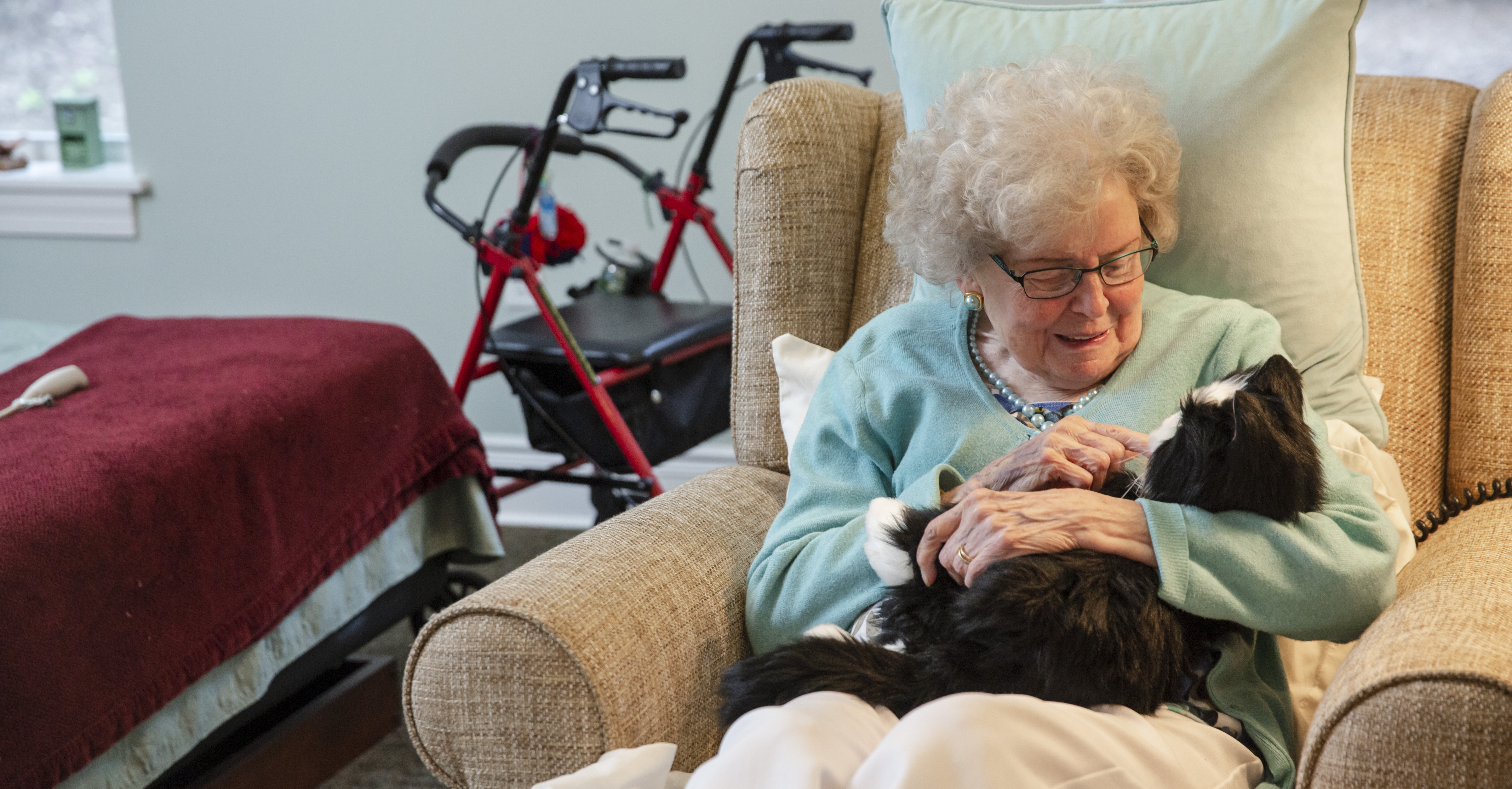During a moment when “social distancing” is rapidly becoming our new normal, we must make sure that we don’t further increase the negative impacts of social isolation already facing tens of millions of older adults. We can’t let these life-saving distancing approaches lead to a further increase in life-threatening social isolation. Together, we must find ways to maintain thoughtful connections with the older adults in our lives and communities at a time when this is more difficult than ever before.
The data is alarming. The U.S. Government’s Health Resources and Services Administration (H.R.S.A.) in their important work on the “loneliness epidemic” found that among older people who report feeling lonely, there is a 45 percent increased chance of mortality. Combined with the U.S. Census Bureau reporting that 28 percent of older adults now live by themselves and millions more are living in closed off group facilities, it is clear that our family members, friends and neighbors are facing a crisis within a crisis.
As I’ve begun to reduce my physical contact to a small group of people, I am not surprised by how much we have been able to continue laughing and having fun together. These moments are decreasing my stress, reminding me that I am not alone and keeping an optimistic smile on my face. In my daily work in the positive aging space, I often talk about how fun and play are basic human needs that we must not neglect.
I am buoyed by stories of people committed to staying connected with older adults. When a group of student volunteers in my home state of Rhode Island learned they could no longer visit the nursing home, they quickly figured out with the Activity Director how to use FaceTime to play “virtual chair-basketball” with the residents. For these students, they knew that play must go on! With both groups now sheltering in place, they are now creating an ongoing calendar of interactive virtual activities.
And, for others who can not travel and visit their family members who are homebound, phone calls and FaceTime fun are more important than ever. One of my friends has tweens who are big TikTokers. He, his four kids and wife virtually co-created a TikTok with his 80 year-old parents who are homebound in another state. Their conversation evolved into a virtual dance party with tons of laughter.
Let’s apply our energy, creativity and perseverance to foster meaningful, fun and playful ways to make sure the most vulnerable populations feel connected and not alone. Here are some simple ideas to get going:
- Have a Virtual Meal. Break all the rules and bring your phone to dinner, conferencing in those you love. Share stories and see what happens naturally over breaking bread.
- Share a Photo of the Day. Dig up old photos of embarrassing moments, great group times, vacations or distant relatives. Use them as conversation starters.
- Get Moving Together. Pick some classic songs and dance together using FaceTime, if they do not have FaceTime maybe just sing their favorite song together on the phone. Or, consider playing VirtualCharades.
- Become Movie Critics Together. Pick a list of comedies that you can watch in different locations and then share your favorite lines and moments. My go-to flick is Princess Bride. Find your inner comic and make up your own jokes.
- Get Curious. I often wish I had further taped the life stories of my aging family and friends. Now is a great time to capture stories for future generations.
So, give yourself the permission to have a little fun and play each day. I firmly believe these positive social interactions are essential to our health and well-being as we live and age together through good and tough times.


